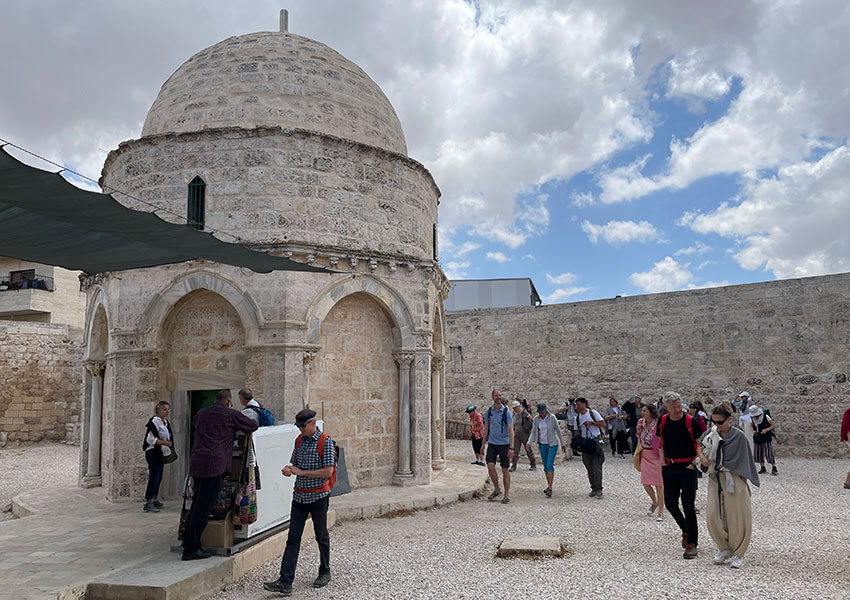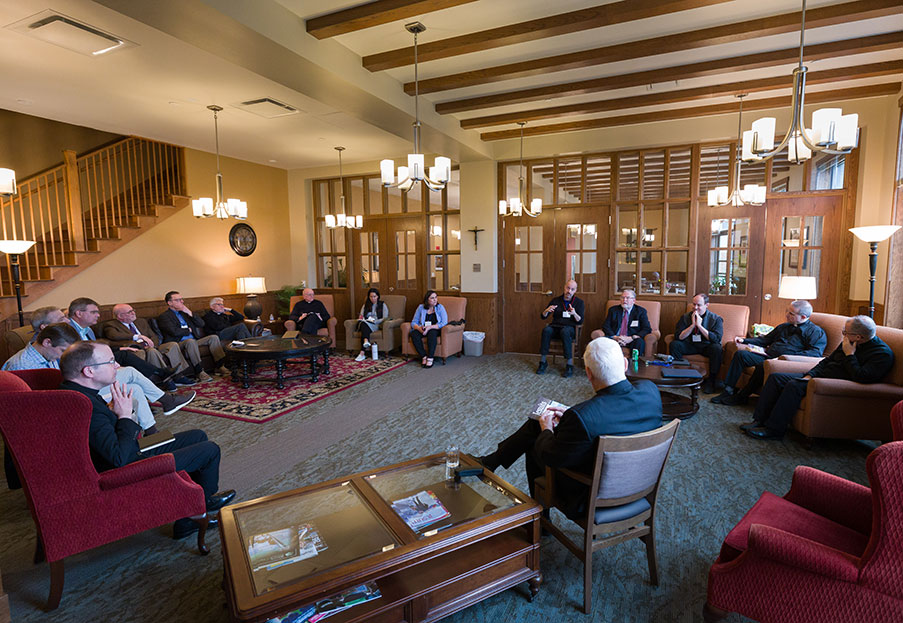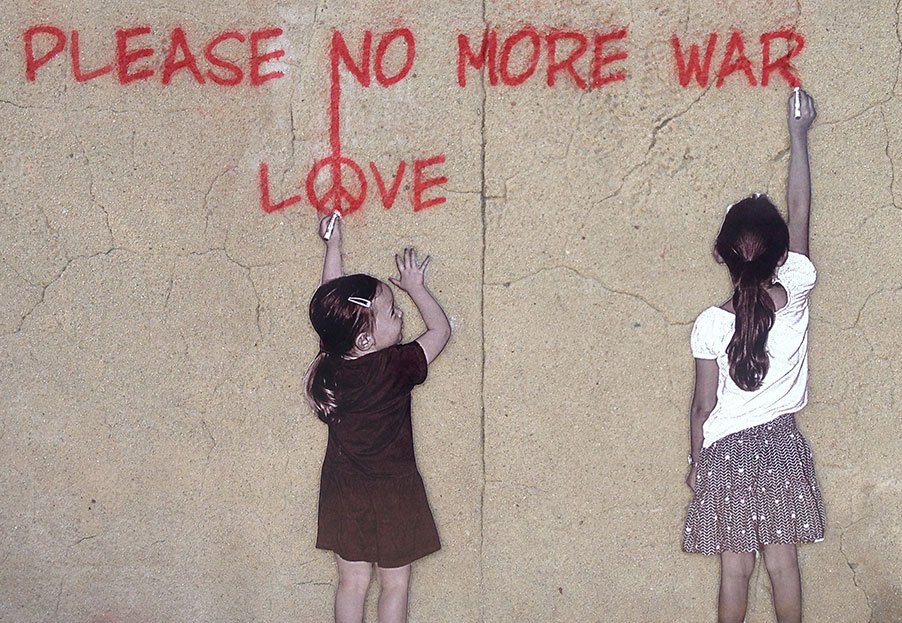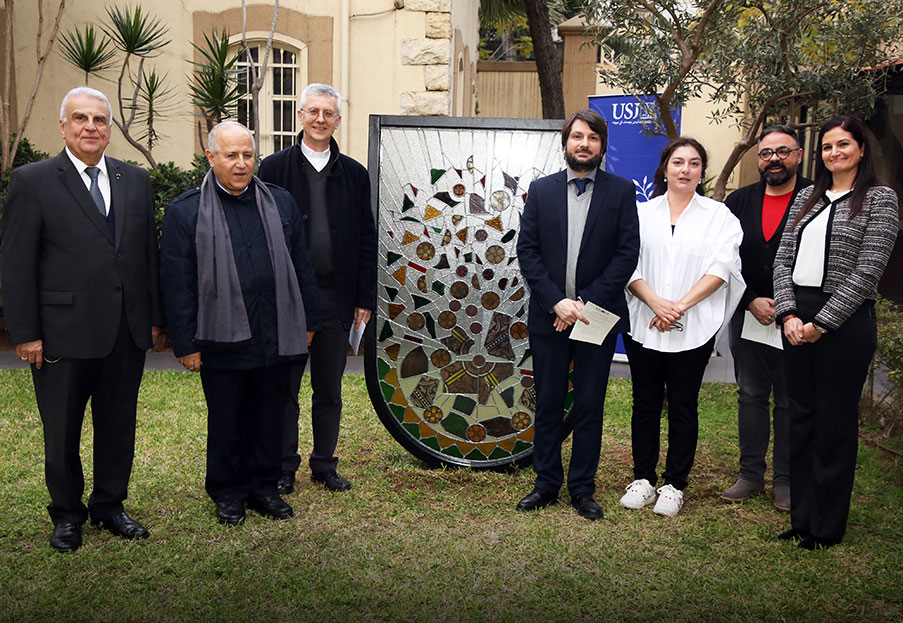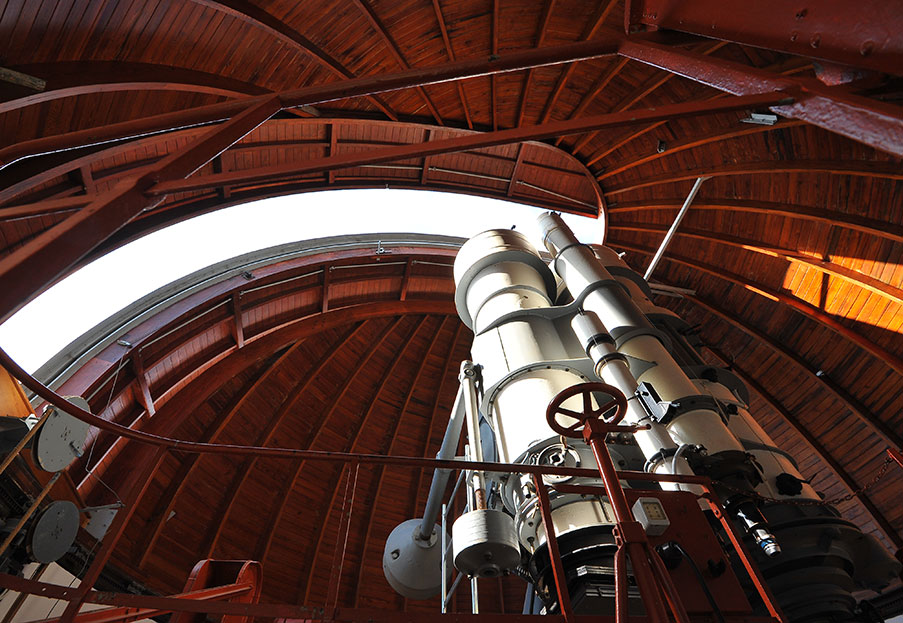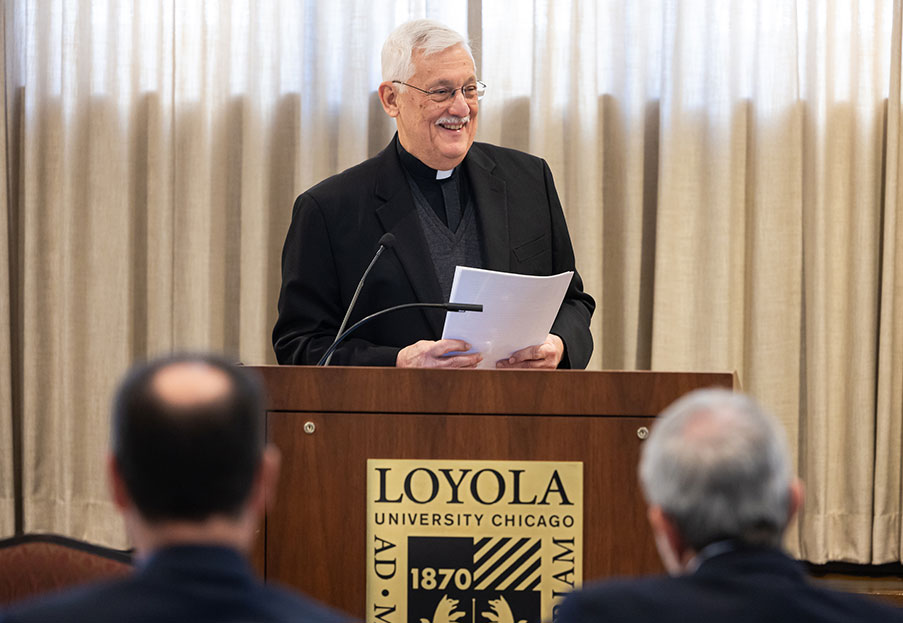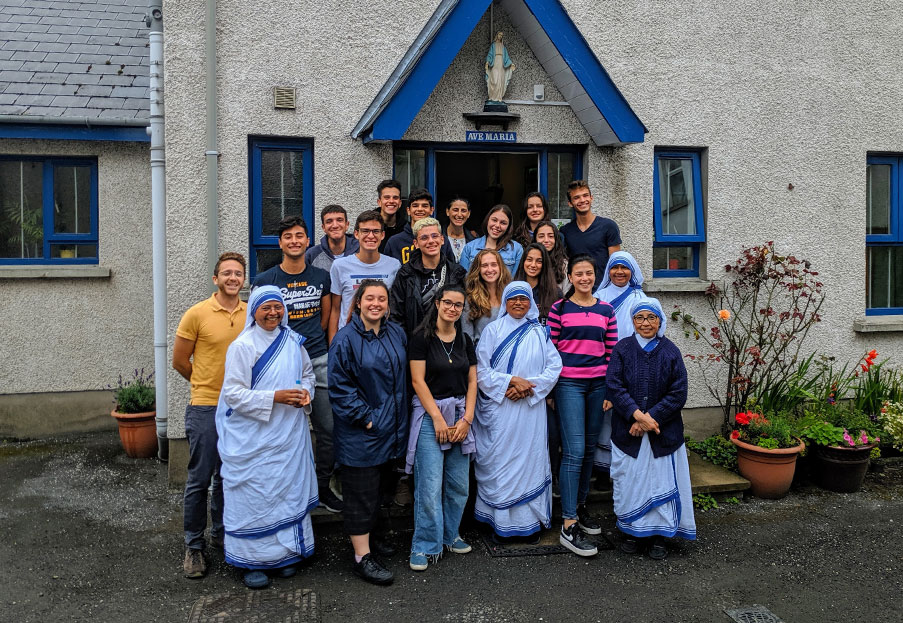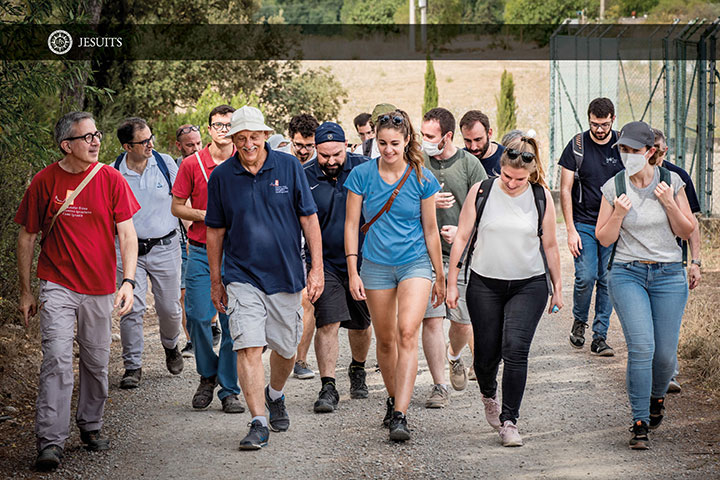Pilgrimage to Jerusalem with Saint Ignatius
Exactly 500 years ago, Ignatius made his
pilgrimage to Jerusalem. For this Jubilee, a group of 36 people from Germany,
Austria and Switzerland made the pilgrimage on foot from Jaffo to Jerusalem
from 14-21 May.
By Christian M. Rutishauser SJ
Ignatius was our protector on the pilgrimage: the ceasefire between Islamic Jihad, which fired hundreds of rockets at Israel from the Gaza Strip, and Israel was in fact only reached the night before we flew to Tel Aviv. And on the last day, arriving in Jerusalem, we visited the Temple Mount with the Al-Aksa Mosque and the Dome of the Rock. The holy site was peaceful, even though only two hours earlier the Israeli Security Minister, Itamar Ben-Gvir, had provocatively visited the spot. On the occasion of the Jerusalem Day, which celebrates the conquest of the city and its unification by Israel in the Six-Day War, he wanted to mark the claim to Islam’s third most important pilgrimage site. So, as in Ignatius’ time, warfare and conflict are still today the order of the day. Therefore, it was even more important for us to go on pilgrimage without fear for the sake of inner and outer peace.
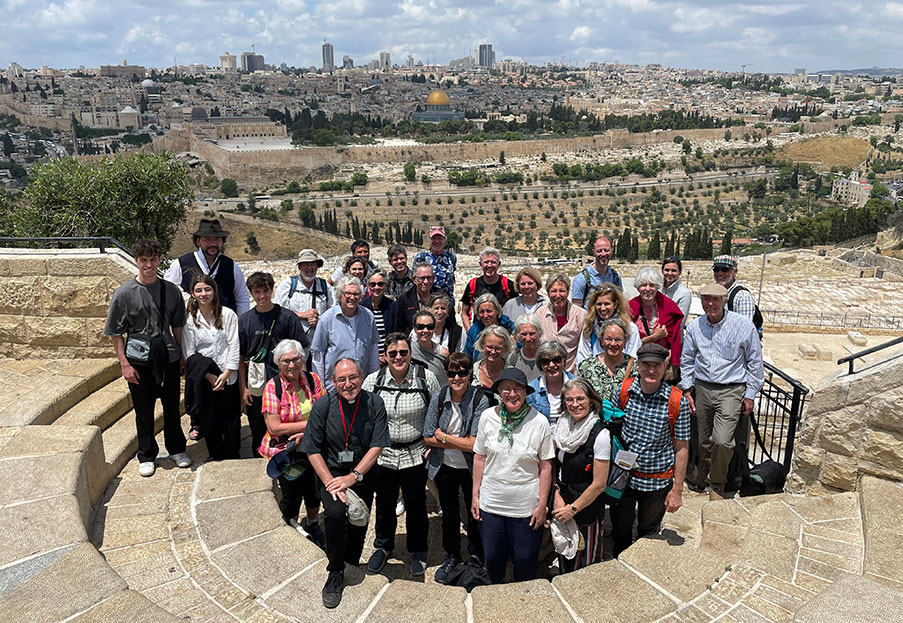
Ignatius, looking back on his life, described himself as a pilgrim, and we rightly call his spiritual life report “A Pilgrim’s Journey”. Being on the way to a holy place became a life metaphor for him. But in 1523, when he set out from Manresa to Jerusalem, he had the firm conviction that he would not just go on pilgrimage and return home. Rather, he wanted to stay in Jerusalem for the rest of his life, helping souls there and converting Muslims. This is precisely why we spent a first day in Tel Aviv, visiting the city centre of this first “Hebrew City” and the 19th century settlement of the devout Pietists. The latter is now carefully renovated, surrounded by high-rise buildings.
We asked ourselves the question, what is our motivation for coming to the Holy Land? Christians of all centuries wanted to visit holy places, immerse themselves in the history of salvation, be close to Jesus or simply understand the Bible better. But the Crusaders, for example, wanted to build a community in the land of the Bible. So do modern Zionists. Evangelical Christians come to that land today to hasten the homecoming of the Jewish people, the return of Christ and the end of time. In Jaffa, which is contiguous to Tel Aviv, we of course remembered the arrival of Ignatius; but we remembered also that from there the faith in Christ had spread beyond Judaism, as is written in Acts 10.
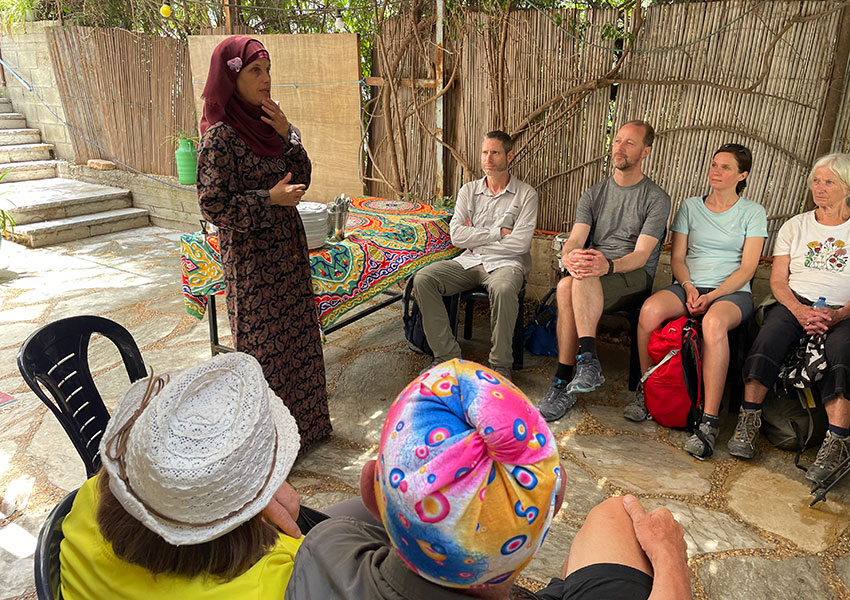
On the first real day of pilgrimage, we passed by Lod, where Saint George is buried. He is the great dragon slayer who conquers evil. We prayed at his grave, because every pilgrimage, like a retreat, is a path of conversion and purification. On the second day, we went up to the mountains of Judea via Emmaus. As we did every day, we walked for some time in silence, praying psalms and celebrating the Eucharist. But we also had familiar conversations and were attentive to the wonderful creation with its animals, its flowers and trees. On the third day, we celebrated mass in Abu Gosh, where Mary is worshipped as Notre Dame of the Ark of the Covenant. At noon, we ate with a Palestinian family and heard from Yasmin Barhoum how she lives as a Muslim. Dialogue with Islam was the agenda that day and is central in our times. The fourth day of the pilgrimage began in Ein Kerem, where Mary had visited Elizabeth. There, Jesus and John the Baptist had already met in the womb. We remembered that, in the New Testament, too, the story of salvation begins in a Jewish family.
When we arrived in Jerusalem, we first visited
the Church of the Holy Sepulchre. Golgotha and the empty tomb are the most
important holy places for us as Christians. There we sang the Anima Christi
so dear to Ignatius. But we also went to the Mount of Olives, where Ignatius
the pilgrim desperately wanted to see the footprints of the Ascending Christ a
second time, after realising that he could not stay in the Holy Land and would
have to return to Spain. We, pilgrims of the 21st Century, also
wanted to be sent into the world by the Risen Christ. For Christ the King,
exalted at the right hand of God, sending his disciples into the world, is the
paradigm for the second week of the Spiritual Exercises. This is the heart of
Ignatian spirituality. Later, as is well known, Ignatius settled in Rome with
his companions. Nowadays, the Jesuits allow themselves to be sent by the Pope
as representatives of Christ on earth. But the mission from King Christ
ultimately comes from Jerusalem, from the Mount of Olives.
